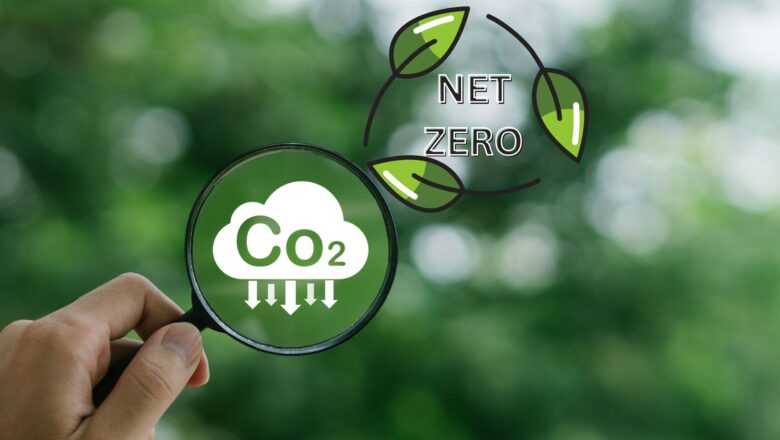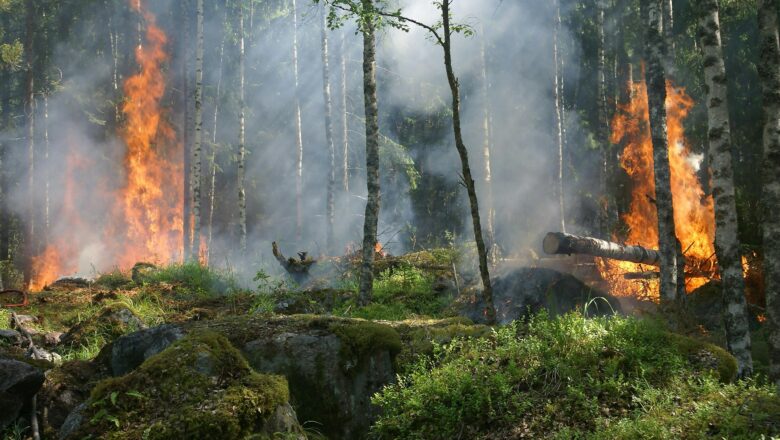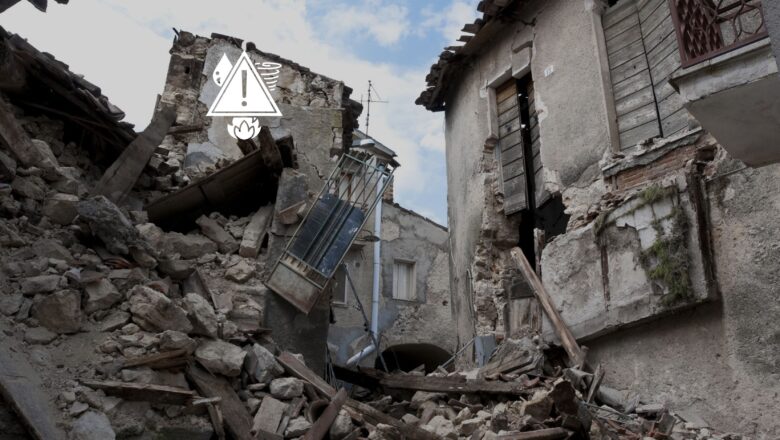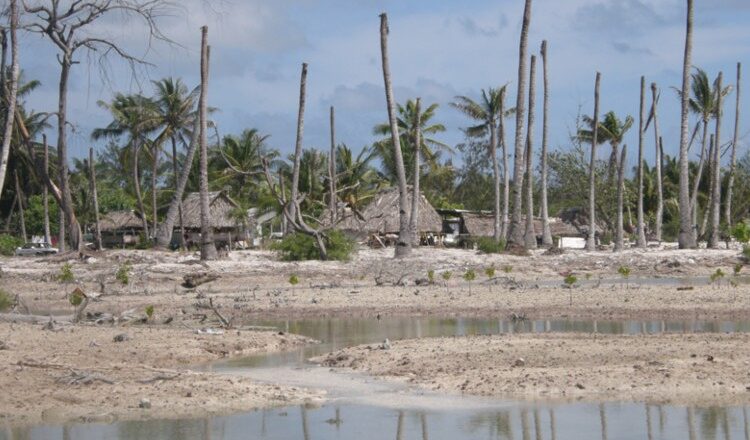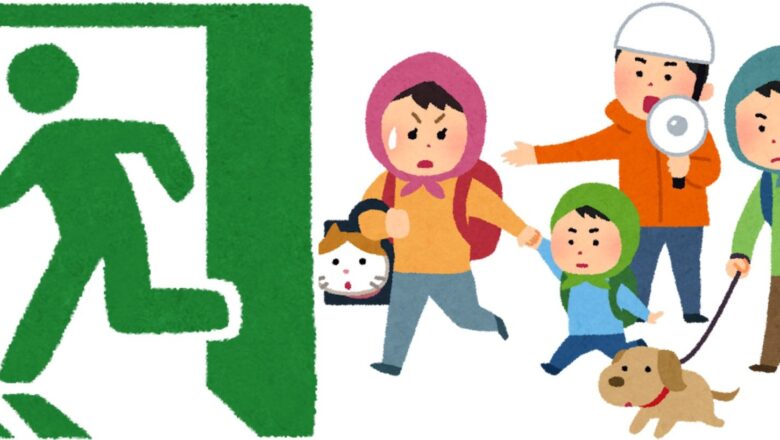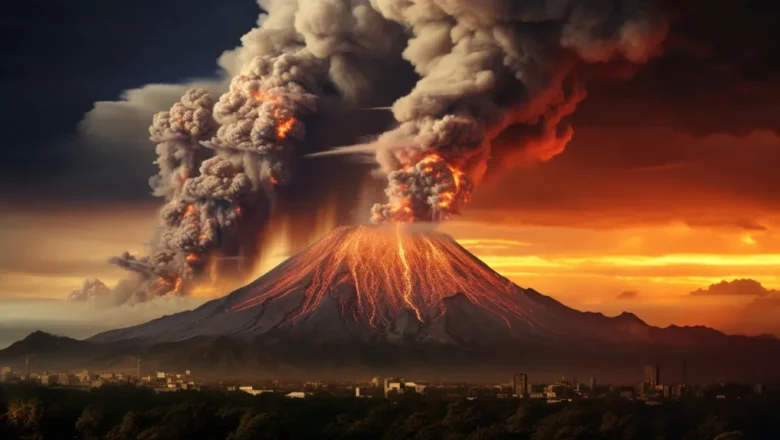
UNICEF Report Warns of Alarming Malnutrition Crisis Among Infants in Eastern, Southern Africa
A new UNICEF report revealed a severe undernutrition crisis affecting 5.5 million infants under six months in the Eastern and Southern Africa Region (ESAR). The study highlights how widespread low birth weight, stunting, wasting, and underweight conditions are putting the youngest members of society at risk, with urgent calls for stronger policy interventions and healthcare improvements.
Conducted by UNICEF’s Eastern and Southern Africa Regional Office (ESARO), the study examined the state of infant nutrition in five high-risk countries Burundi, Ethiopia, Kenya, Madagascar, and Malawi. The findings paint a dire picture, with 1.6 million infants suffering from stunting, 0.6 million classified as wasted, 0.8 million underweight, and 2.5 million born with low birth weight. However, experts...

